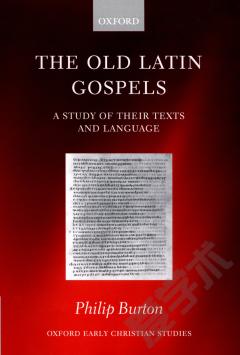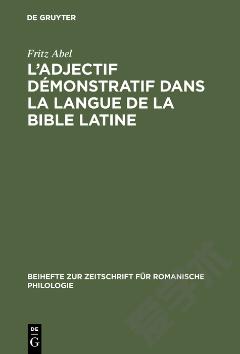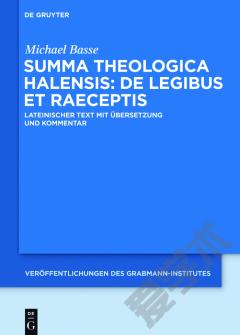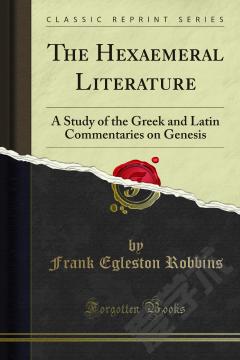Studies in the Anglo-Saxon Version of the Gospels —— Part I: The Form of the Latin Original, and Mistaken Renderings
-----
The second part of the present study consists of an arrangement and classification of those special passages in the anglo-saxon Gospels in which the translator has mistaken the meaning of the Latin before him. A consideration of the alterations of the meaning, of the renderings open to misapprehension, and of the confused renderings would complete the preliminary to a general study of the manner of the translation. Many of the points noted, both in the lists of the Latin variants and the lists of mistaken renderings, are in themselves of very slight significance. It seemed necessary, however, to make the lists as complete as I could, since sound inferences depend on the collective significance of all the data. As regards previous work on the same subject, the question of the character and type of the translator's original has not hitherto been treated systematically. Marshall has cited from the texts accessible to him many Latin variants more in accord with the translation than are the Clementine readings; Handke (p. 13) gives Sixteen instances from Wordsworth and White of additions to the ordinary text, which he attributes to the original and Bright has given in his notes on Luke all the variants that seemed to have been characteristic of the translator's Latin. But the only conjectures as to the 'type of the original — those by Marshall (p. By Skeat (matthew, p. X), and by Bosworth (p. Xi) — are based on a very few passages and are hence of little value.
{{comment.content}}








 京公网安备 11010802027623号
京公网安备 11010802027623号